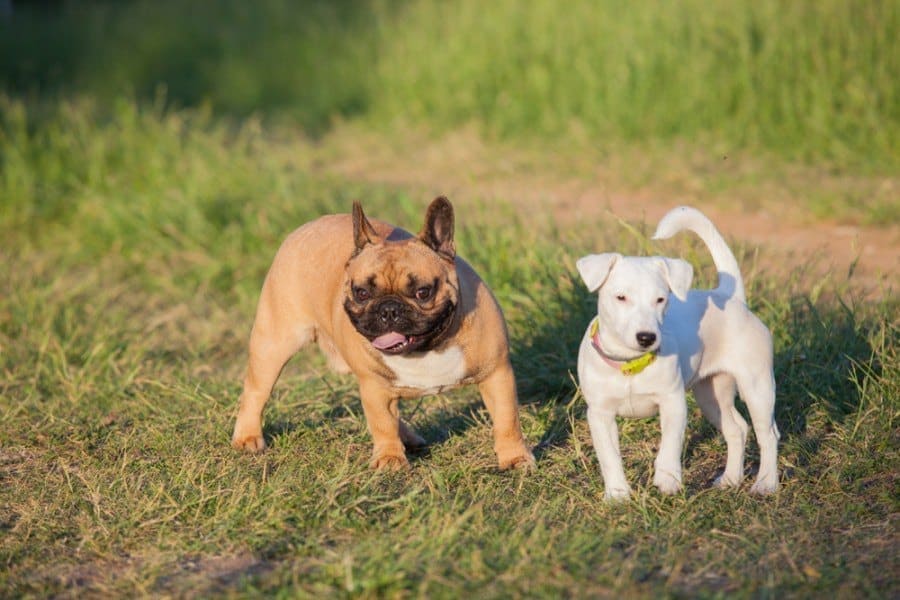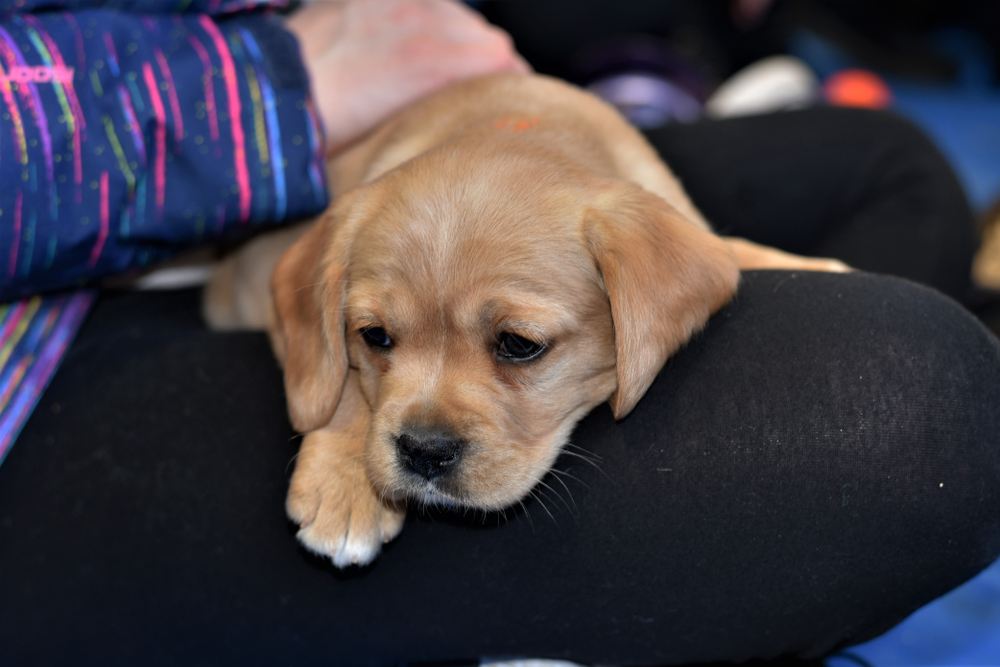11 Small Dogs That Are Good With Children: Pictures, Info & Breed Traits

Updated on
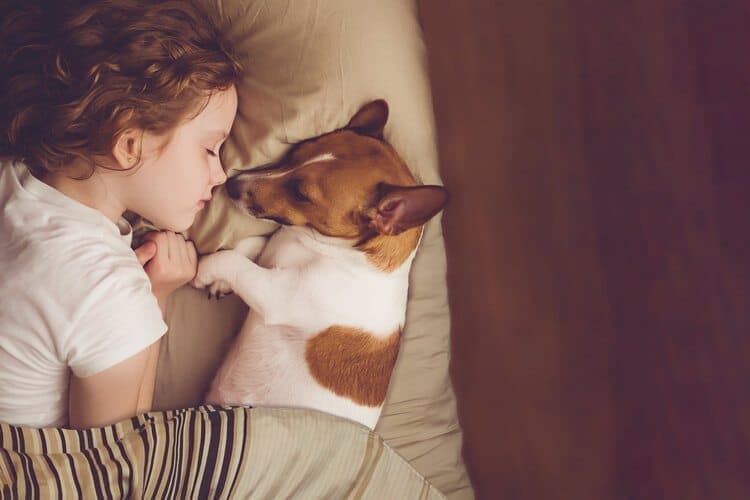
While the issues with a giant breed around children are apparent, you can’t assume that smaller dogs will always be compatible with youngsters sharing the home. Despite their size, many undersized dogs can quickly get aggressive with an awkward child.
Meanwhile, other petite dogs may risk injury from rough play. With so much potential for a poor fit in the home, we’ll discuss the history and traits of 11 small dogs that are good with children to ensure nothing but health and happiness with your next adoption.
How Are Child-Friendly Small Dogs Classified?
Small dogs often sport a temperament and stature that doesn’t mesh well with young children who don’t know how to handle a dog properly. With their slight frames, small dogs, especially toy breeds, are easy to injure during playtime or even awkward petting.
Some dogs are also more aggressive and unaccepting of rough handling. It isn’t uncommon for small dogs, like feisty Terriers, to bark or bite when overwhelmed. Meanwhile, more disciplined gun dogs like Spaniels may show a higher tolerance and eagerness to bond with kids.
None of this should immediately disqualify any breed. Although some are a more natural fit, properly training your children and your dog will make the most significant difference in how they get along.
The 11 Small Dogs That Are Good With Children
1. Papillon
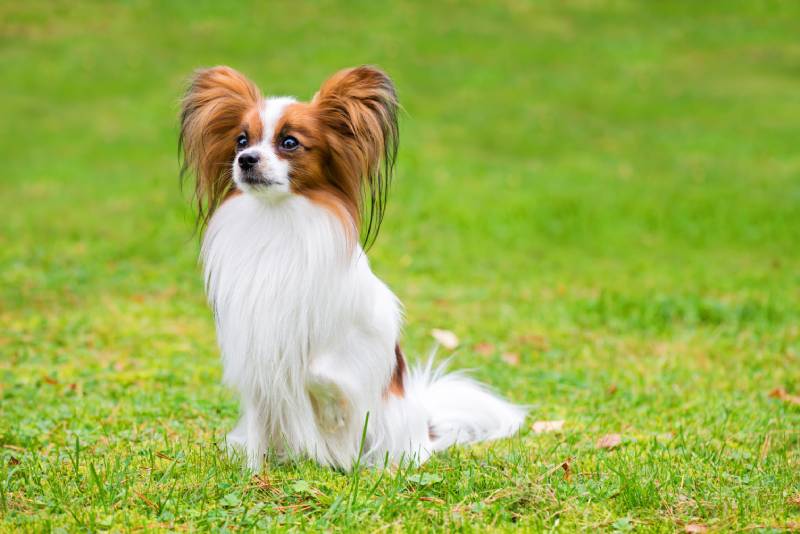
| Origin: | 1300s, France |
| Lifespan: | 14–16 years |
| Height: | 8–11 inches |
The butterfly-eared, social, and energetic Papillon derived from the Continental Toy Spaniel, which is a European mix of toy breeds and Spaniels dating to the 1300s.
The evolving toy dog was a frequent focus of famous artists, ranging from Renaissance masters like Titian to 19th-century painters such as Goya. As a favorite of European noblewomen through the centuries, the Papillon is famed for being a companion to Marie Antoinette up to her execution. They’re biddable, athletic, and lovable, and their popularity only grew over the years. The Papillon finally gained AKC recognition in 1915.
2. French Bulldog
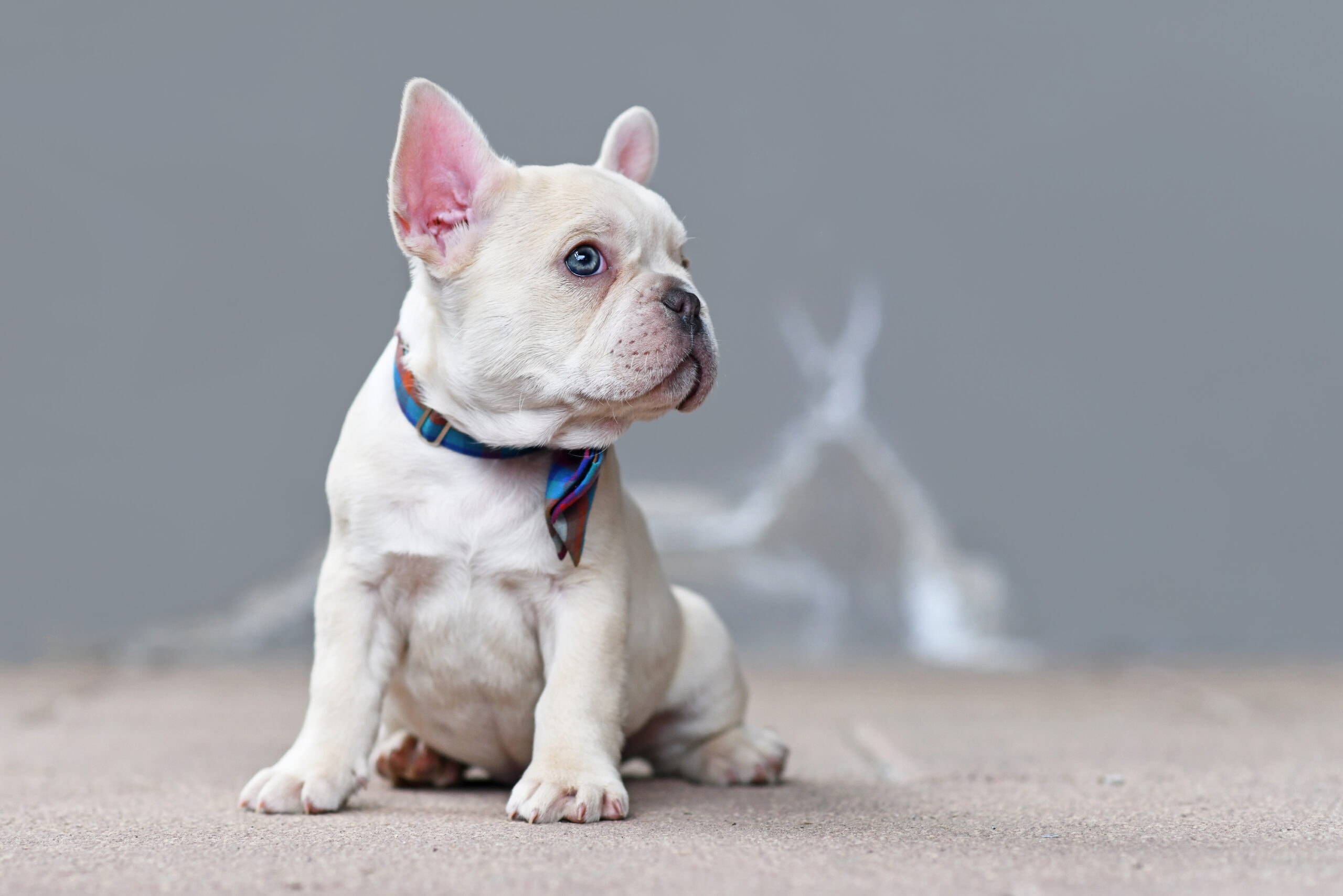
| Origin: | 1800s, France |
| Lifespan: | 10–12 years |
| Height: | 11–13 inches |
With the Bulldog’s child-friendliness in a smaller, more manageable package, the Frenchie is a hit with families of all kinds. The dog is so beloved it even surpassed the Labrador Retriever as the AKC’s most popular dog breed in 2022!
The English Bulldog endured much experimentation over the centuries, with one undersized offshoot appearing in the 1800s. The smaller dogs became popular pets for Nottingham artisans, particularly lace makers.
When English craftspeople began losing work as the Industrial Revolution took off, many took their dogs to France. The breed’s popularity surged there, resulting in the French Bulldog’s establishment.
3. Bichon Frise
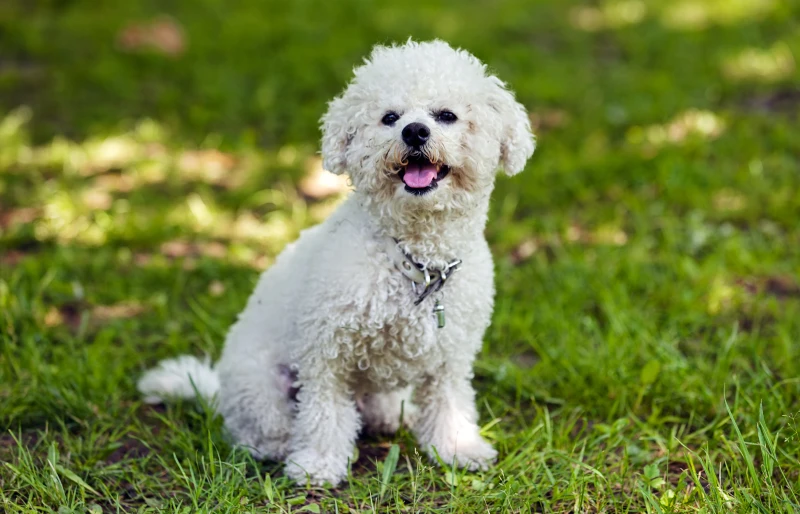
| Origin: | 1200s, Canary Islands |
| Lifespan: | 14–15 years |
| Height: | 9.5–11.5 inches |
The Bichon Frise originated in the Mediterranean. Like their counterparts in the Barbichon clan, including the Maltese and Havanese, the small, snow-white dog had an island to itself in Tenerife, the largest of the Canary Islands.
The clever, charming, and attractive Bichon Frise gained favor in noble courts when Italian sailors brought them to the mainland in the 13th and 14th centuries. The breed was a popular companion to European nobles until they fell out of favor in the 18th century.
Commoners began to take in the dogs, keeping them as trainable entertainers. French breeders gave them the Bichon Frise name in the 1930s, and the breed became AKC-recognized in 1972.
4. Beagle
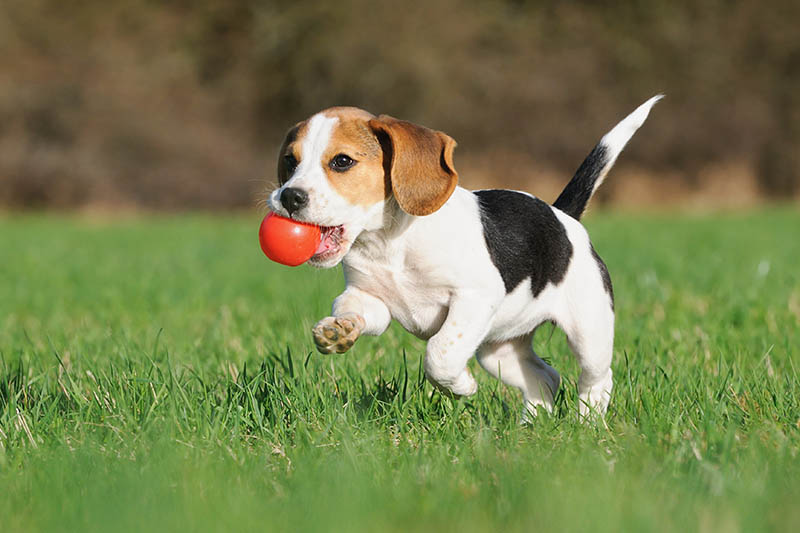
| Origin: | 1800s, England |
| Lifespan: | 10–15 years, |
| Height: | 13–15 inches |
The cheerful Beagle is a famous hunting dog and companion with ancient roots. With ancestors dating over 2,000 years back, the small hound was a long-time aid in tracking small game, particularly hares.
Beagles likely descended from Talbot Hounds, English hunting dogs, and Greyhounds mixed in for speed. From this came the Southern Hound, which, alongside the North country Beagle, became essential in the foundation for the modern Beagle.
The two provided a swift and capable scenthound. The Beagle standard began developing in the early 1800s, and the breed earned AKC recognition in 1885.
5. Border Terrier
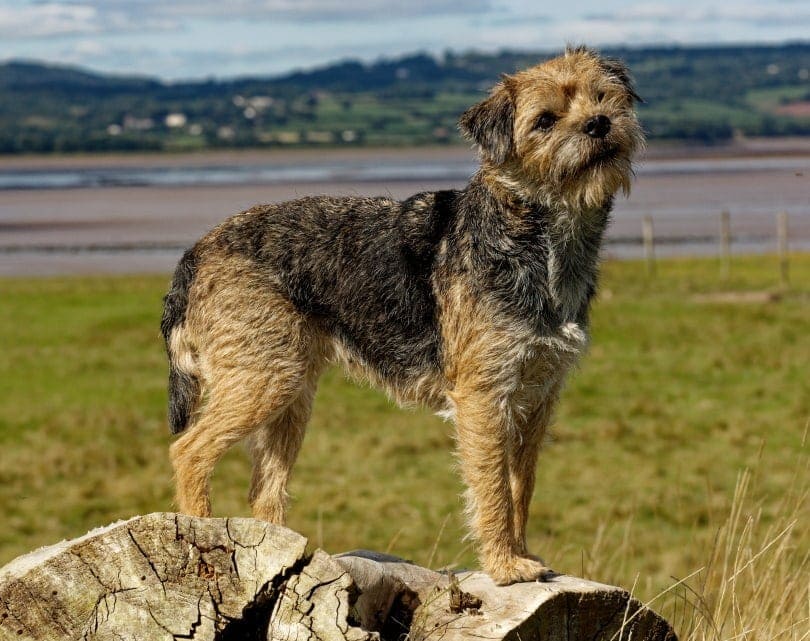
| Origin: | 1700s, Britain |
| Lifespan: | 12–15 years |
| Height: | 12–15 inches |
The Border Terrier is a small, adaptable dog that does well in any setting or family situation. They were named for the border where they originated between England and Scotland, and they were an essential aid for farmers in hunting hill foxes.
Fox hunting required Border Terriers to have quick wits, endurance, and a bit more height than typical ratters to keep up with their hunting partners. As they hunted with hounds that would track the fox, the Border Terrier would pursue their quarry in their burrows to flush them out for the hunter. The breed gained Kennel Club recognition in 1920 and the AKC in 1930.
6. Rat Terrier
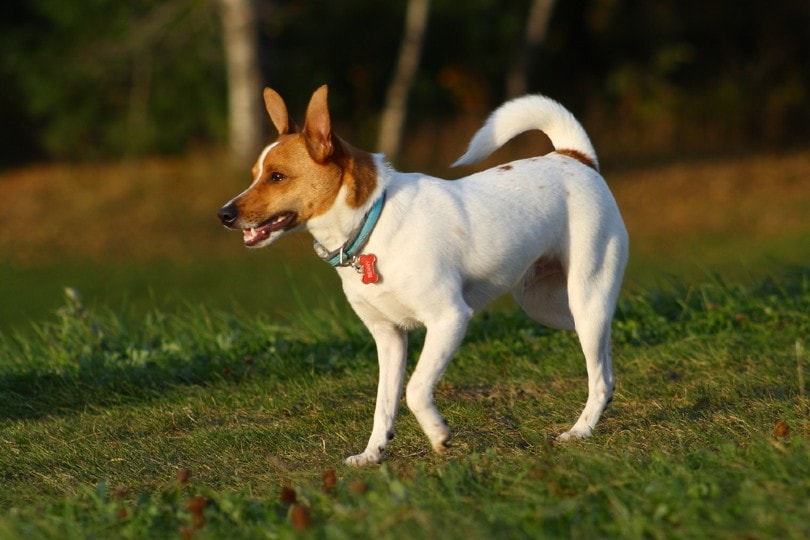
| Origin: | |
| Lifespan: | |
| Height: |
As you might expect from the name, the Rat Terrier is one of the most capable vermin dispatchers in the canine kingdom. In the early 1900s, the breed was wildly popular with American farmers. Blending several breeds, including Terriers, Whippets, and Beagles, the Rat Terrier was an elite ratter used for clearing barns of rodents, snakes, rabbits, and other pests.
Although the need for Rat Terriers died off as farmers transitioned to poison controls for their properties, the bright and inquisitive breed has become an established companion. The AKC recognized the breed at the height of its popularity in 1930, and the Rat Terrier now sits barely within the top 100 breeds in the country.
7. Boston Terrier
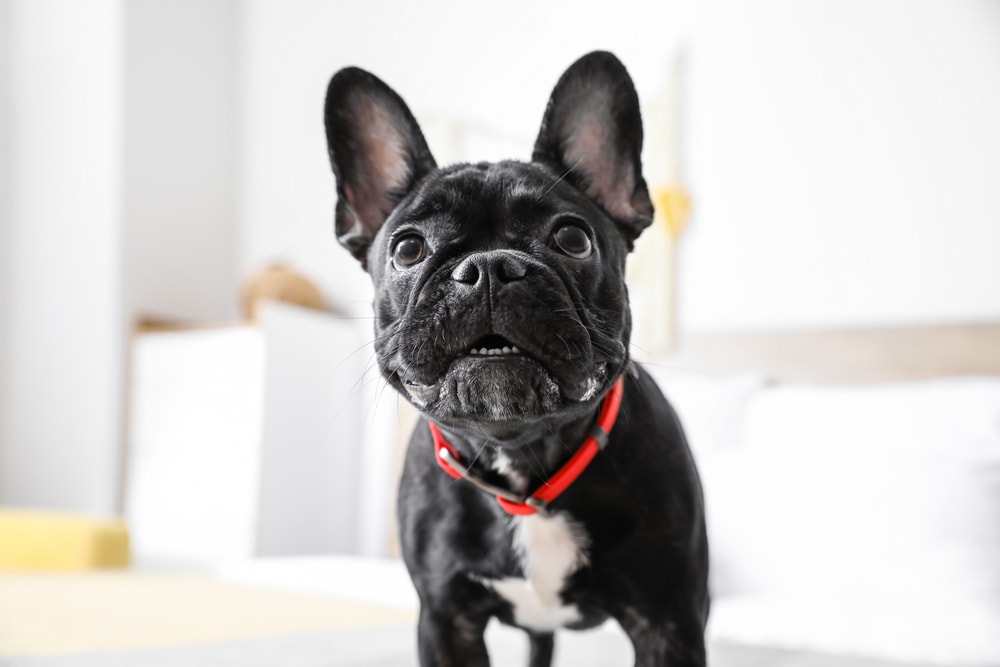
| Origin: | 1860s, Massachusetts |
| Lifespan: | 11–13 years |
| Height: | 10–12 inches |
The Boston Terrier’s short history begins in the 1860s with the breeding of an English Bulldog-English Terrier mix named Judge with another Bulldog belonging to U.S. Congressman Edward Burnett. The pair produced a single dog, Well’s Eph, which would go on to sire the initial Boston Terriers.
Although initially named Round Heads, the breed soon found a more attractive name in the Boston Terrier. The Boston Terrier Club emerged in 1891 as their popularity grew, and the breed earned AKC recognition only 2 years later. Families today love these pups for their clownish antics and sweet, happy-go-lucky nature.
8. Cocker Spaniel
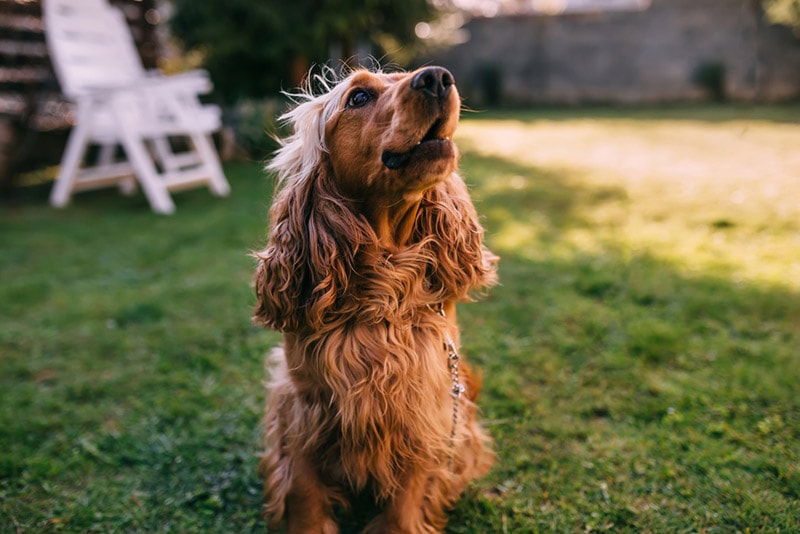
| Origin: | 1800s, Britain |
| Lifespan: | 10–14 years |
| Height: | 13.5–15.5 inches |
The relatively hefty Cocker Spaniel barely qualifies as a small dog, giving it the size and energy to manage a child’s activity level. Before becoming one of America’s favorite pets, the intelligent, playful, and keen-to-please gun dog was a trusted flushing and retrieving companion.
They earned their title for hunting woodcocks, and the Cocker Spaniel’s origins date to the 1600s. However, they only became a popular hunting partner in the 19th century. The dog earned AKC recognition in 1878 and enjoyed a surge in popularity, particularly during the 1930s–50s, when it was America’s number one breed.
9. American Eskimo Dog
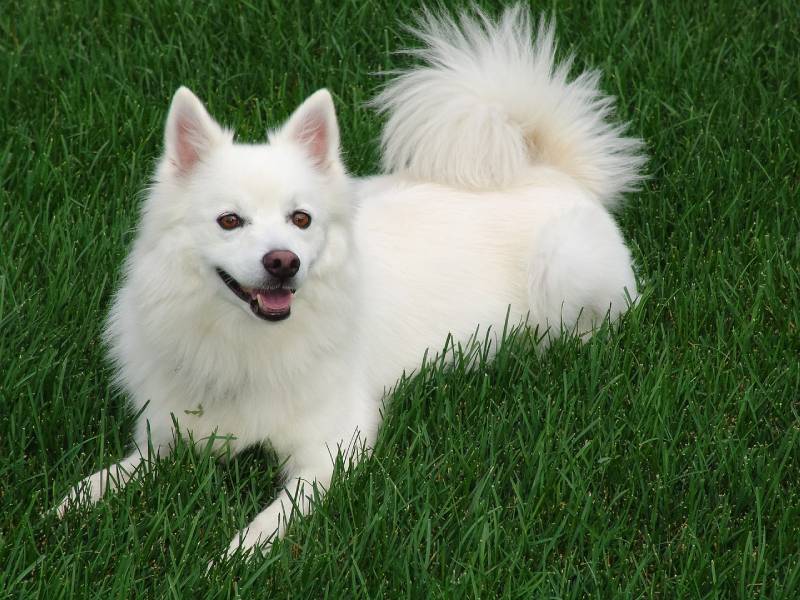
| Origin: | 1800s, United States |
| Lifespan: | 13–15 years |
| Height: | 9–19 inches |
Despite the name, the American Eskimo Dog’s roots lie in the German Spitz, which is the sassy and intelligent dog brought to America in the 1800s. German immigrants took their dogs to the Midwest, using them as versatile farmhands.
With their good looks and sharp trainability, they eventually became popular traveling circus dogs.
The breed remained popular in America through the 20th century but didn’t achieve AKC recognition until 1995. With their gorgeous coats, outgoing personalities, and keen intelligence, the American Eskimo Dog remains a beloved family pet nationwide.
10. Miniature Poodle
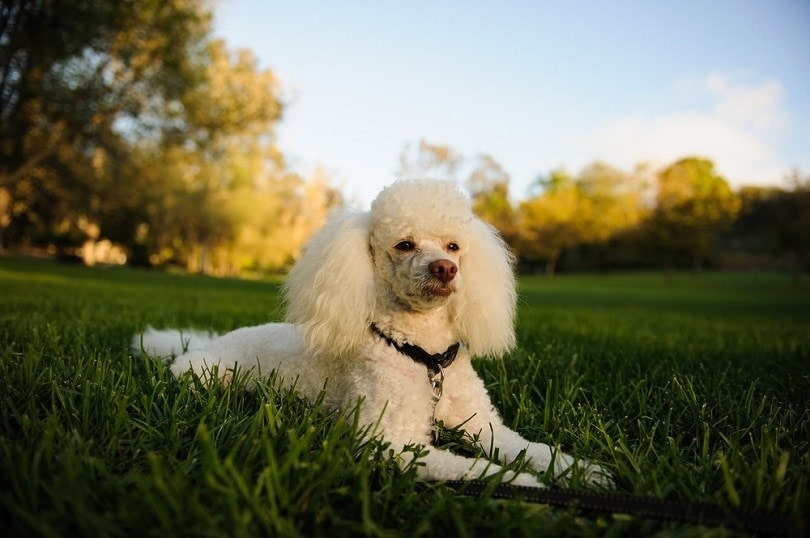
| Origin: | 1400s, Germany |
| Lifespan: | 10–18 years |
| Height: | 10–15 inches |
The Poodle is one of the most athletic and intelligent dogs; they developed traits as a water retriever in its native Germany. The breed’s uniquely elegant looks allowed them to eventually transition to the French royal court as a companion animal.
Their superior smarts and biddability made Poodles popular trick-performing circus dogs across Europe. The same traits shine in the modern home, as all three sizes of Poodle are enjoyed as loyal, playful, and patient companions for children and adults alike.
11. Shih Tzu
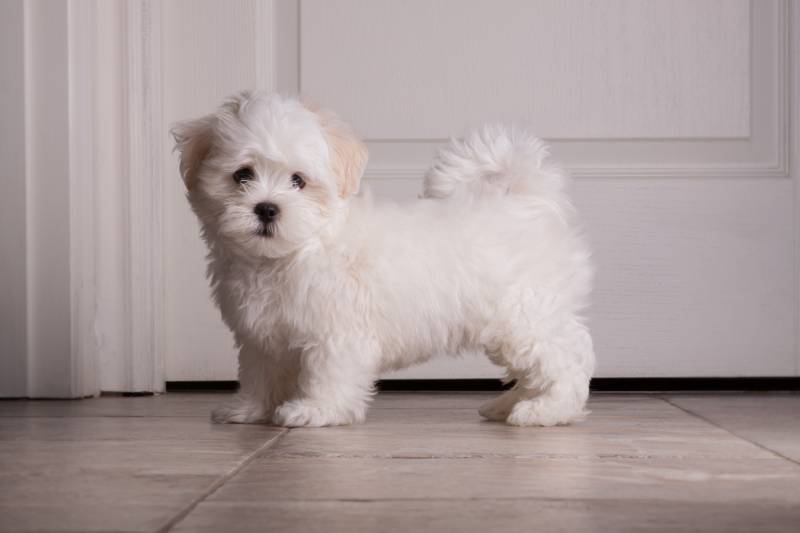
| Origin: | 700–900, Tibet/China |
| Lifespan: | 10–18 years |
| Height: | 9–10.5 inches |
The loving and outgoing Shih Tzu lived a pampered life for at least 1,000 years. They were initially hidden in their private realm in Tibet and China, and the little lapdogs were favored pets of royals and noble families.
The breed’s population was decimated during the Communist Revolution in the early 1900s. Modern Shih Tzus all descend from 14 dogs used to rebuild the breed after their near extinction. With trade to Europe, the Shih Tzu became internationally known and gained AKC recognition in 1969.
Conclusion
From even-tempered Spaniels to ever-affable Barbichon-type dogs, there are plenty of practical pups to pair with your children. Remembering that nature and nurture play equal roles, it’s up to you to ensure your dog and your kids are socialized, trained, and well-mannered enough to get along.
However, with these 11 small dogs that are good with children, you’ll give yourself the best chance of a successful addition to the family.
You might also be interested in:
Featured Image Credit: Magicovice516, Shutterstock



